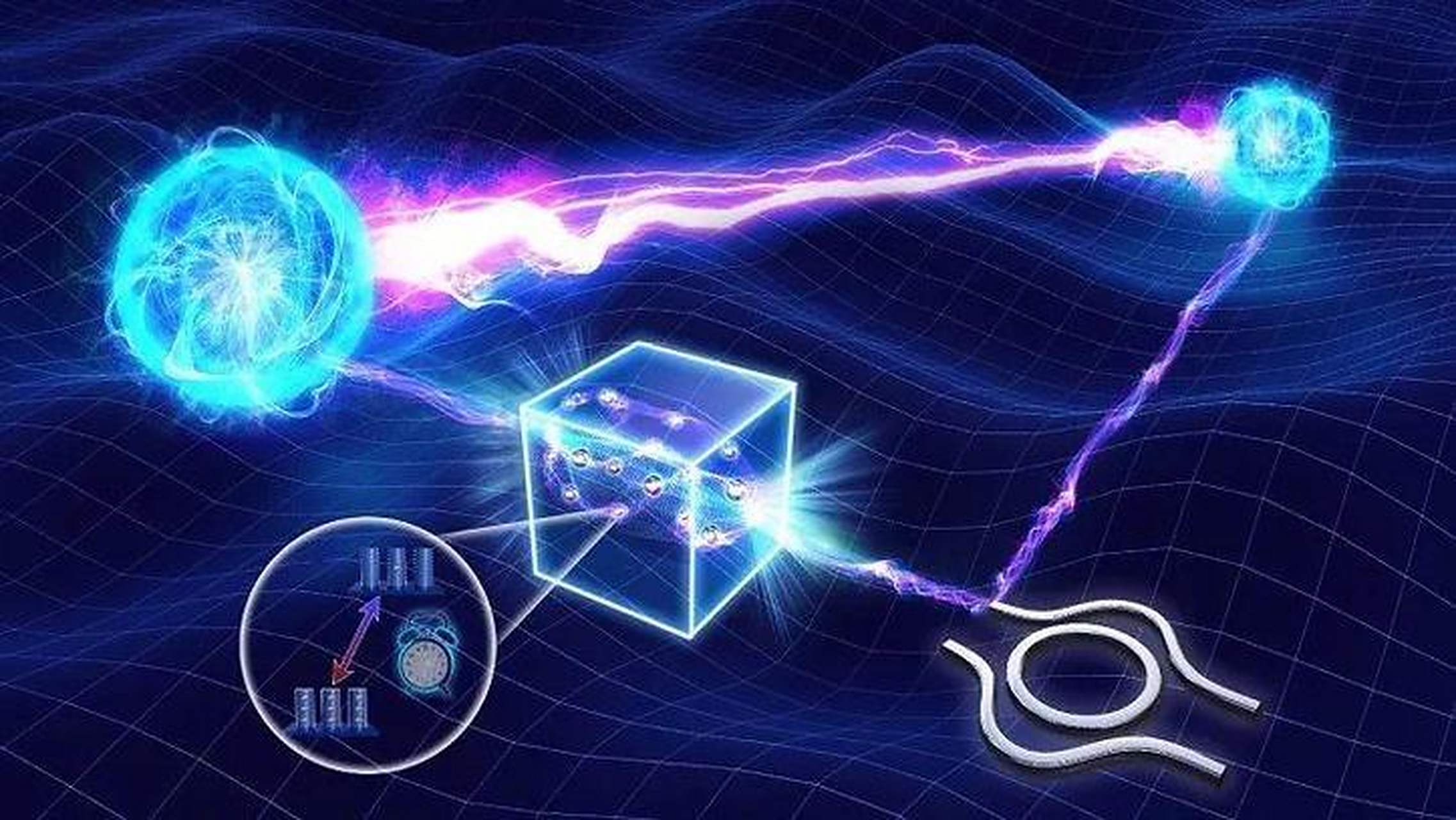
Recently, the National Quantum Virtual Laboratory (NKVL) led by NSF and the Quantum Frontier Project jointly promoted by DARPA in New Mexico have formed the "dual engines" of the US quantum technology strategy, focusing on civilian scientific research ecology and military application scenarios to promote the commercialization of quantum computing.
The NSF National Quantum Virtual Laboratory integrates quantum resources across the United States through the "virtual laboratory" model, breaking through the geographical and equipment limitations of traditional physics laboratories. Its core framework includes three major technological directions: in terms of quantum networks, the ASPEN Net project at the University of Oregon has built a 16 node quantum network, optimized the photon entanglement distribution rate to 1GHz, and the transmission distance has exceeded 100 kilometers, providing infrastructure for quantum key distribution and distributed computing. This technology has been applied to the verification of financial data encryption transmission. In the field of high-precision quantum computing, the FTL project at the University of California, Los Angeles has developed a 60 logic quantum bit computer that uses topological quantum bit design to reduce single bit error rates to below 10 ⁻⁵, making it possible to run the Shor algorithm to decompose 2048 bit RSA passwords. In the field of quantum measurement, the QuPID project at the University of Michigan has developed quantum photon integrated circuits, which have improved spectral measurement accuracy by two orders of magnitude. They have been applied to early identification of brain tumor cells, with detection sensitivity reaching the single-molecule level. NKVL emphasizes more on "democratization of technology", lowering research barriers and cultivating quantum engineers through open algorithm tools and interdisciplinary courses. According to statistics, 38% of the students participating in the program have entered quantum computing enterprises, and 52% have joined national laboratories, effectively alleviating the problem of talent shortage.
The Quantum Frontier project, a collaboration between DARPA and New Mexico, focuses on breakthroughs in military applications of quantum communication and computing technology. New Mexico is investing $315 million to build a quantum chip manufacturing facility and quantum network, connecting quantum devices in the city of Albuquerque. It is expected to be put into use by mid-2026. The DARPA Robust Quantum Sensors (RoQS) program aims to develop quantum sensors that are resistant to vibration and field gradient interference in GPS failure scenarios, enhancing military reconnaissance capabilities such as submarine detection and underground structure imaging. The technology transformation path of this project is clear: through the "Accelerating the Procurement and Application of Innovative Technologies" (APFIT) program, quantum sensors will be integrated into the US military platform and the deployment of quantum encrypted communication networks will be promoted. For example, quantum key distribution (QKD) technology has been applied to magnetic navigation systems for strategic assets such as submarines and long-range missiles, achieving unconditional secure communication.
Despite the enormous potential of quantum technology, its commercialization still faces challenges such as technological bottlenecks, high costs, and talent shortages. The United States is responding through a dual track layout of "hard technology+scenarization": on the one hand, relying on the quantum cloud platforms and open source ecosystems of technology giants such as IBM and Google to lower the threshold for use; On the other hand, through the phased implementation strategy of "dedicated machines+general-purpose machines", market demand is cultivated in fields such as finance and medicine. The global competition in quantum technology has formed a "three-way confrontation" pattern between China, the United States, and Europe: the United States leads quantum computing with its hardware and algorithm advantages; Europe integrates resources through the "Quantum Flagship Program" to form differentiated advantages in the fields of quantum communication and precision measurement; China, relying on policy guidance, has achieved breakthroughs in the construction of quantum communication networks and the localization of superconducting quantum computing hardware. It is predicted that the global quantum technology market will reach $10 billion by 2025, with a compound annual growth rate of over 15%.
The quantum strategic layout of NSF and DARPA is accelerating the transition of quantum technology from "usable" to "useful" through the construction of a scientific research ecosystem and military applications. This process will not only reshape the global technological competition landscape, but also bring revolutionary changes to the fields of computing, communication, and measurement for human society. In the next five years, with breakthroughs in key technical indicators such as quantum bit quantity and error correction efficiency, quantum technology is expected to form an emerging industry with a market size of billions, becoming a new driving force for promoting economic and social development.

Recently, US Treasury Secretary Mnuchin publicly stated that the selection process for the next chair of the Federal Reserve has been initiated.
Recently, US Treasury Secretary Mnuchin publicly stated tha…
At the dawn of 2026, the United States launched a military …
From the stiff step when it first debuted in 2022 to demons…
"On the early morning of January3,2026, the United States l…
"We absolutely need Greenland," Trump's straightforward sta…
On January 3rd, the US Special Forces launched a surprise a…